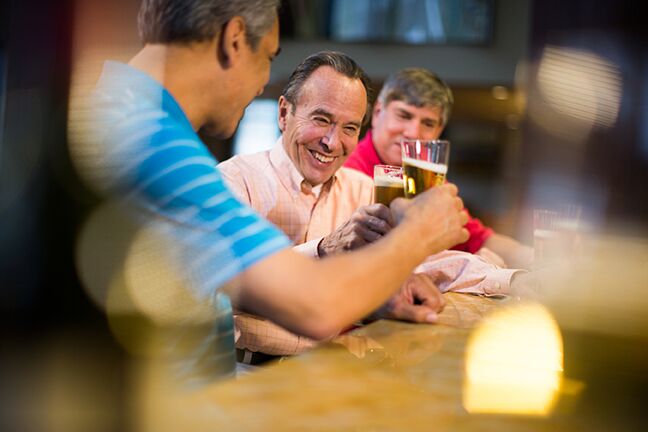When you think of aging, what are your initial thoughts? When you think of retirement communities, how do you imagine them?
Because of ageism against seniors, there’s a chance that negative stereotypes abound in your mind. Seniors are commonly associated with being “slow,” having poor memories and being afraid of modern-day advancements.
Officially, ageism occurs when “societal norms marginalize seniors, treat them with disrespect, make them feel unwelcome and otherwise generalize them as if they were all the same.” It includes “descriptive stereotypes,” which generalize the way seniors supposedly are like those listed above, along with “prescriptive stereotypes,” which focus on three central issues, according to a study by Princeton University psychologists:
– Succession: “The idea that older people should move aside from high-paying jobs and prominent social roles to make way for younger people.”
– Identity: “The idea that older people shouldn’t attempt to act younger than they are.”
– Consumption: “The idea that older people shouldn’t consume so many scarce resources such as health care.”
The effects of ageism on the mental and emotional health of seniors and their dignity is significant. Ageism also may lead to discriminatory action in housing and social policy, which in turn can negatively impact a senior’s quality of life.
The goal and necessity is moving past ingrained stereotypes about seniors, in order to push our society away from outdated and untrue ideas and detrimental regulations.
One Solution: Intergenerational Programming
A recently released report indicates that two out of three adults surveyed want to spend time with people outside of their age bracket, and three in four would like more opportunities for this. The report, published by nonprofit organizations Generations United and The Eisner Foundation and including survey responses from 2,171 U.S. adults age 18 and older, presents the case for the mixing of generations and offers ways to do so.
Think about it—as we grow up, we go to school with other children and teens around our age. When we retire, we live in life plan communities like The Clare surrounded by other older adults. More than half of those surveyed said they barely ever spend time with other age groups outside of their families, according to the report, and the subset of the population with the least contact with other generations is 18- to 34-year-olds.
No wonder ageism exists and resonates so profoundly within our society. The majority of those surveyed for this report even believe it’s a serious issue and expressed a deep interest in intergenerational interaction.
The benefits of intergenerational programming are several-fold:
– Improvement of social skills, self-esteem, school performance and decision-making among kids and teens
– Reduced loneliness among older adults thanks to affection, purpose and fun provided by children
– Breakdown of stereotypes and change in attitudes
– Mutual empathy
– Exchange of knowledge and emotional support
Plus, shared spaces and activities under one roof keep intergenerational contact informal and ongoing (like a day care center and long-term care facility together), and it’s cost-effective, too.
The interest is there, and the need to combat ageism is apparent.
At The Clare, we work to redefine aging and retirement every day. We promote wellness and fitness among our residents and offer a vibrant lifestyle that goes entirely against negative perceptions of retirement communities, all in a central location right in the heart of Chicago’s Gold Coast neighborhood. This contributes to an active aging experience and puts residents in a position where they can easily and conveniently interact with people of all ages.
We all have a responsibility to end ageism. So what can you do to foster intergenerational relationships and debunk myths and stereotypes around aging? Contact us today to learn more and schedule a tour.

